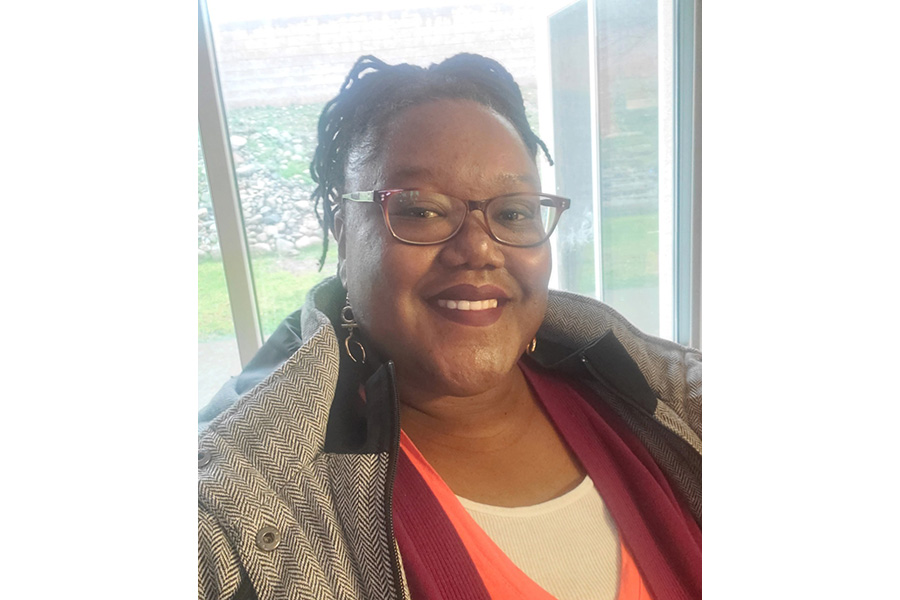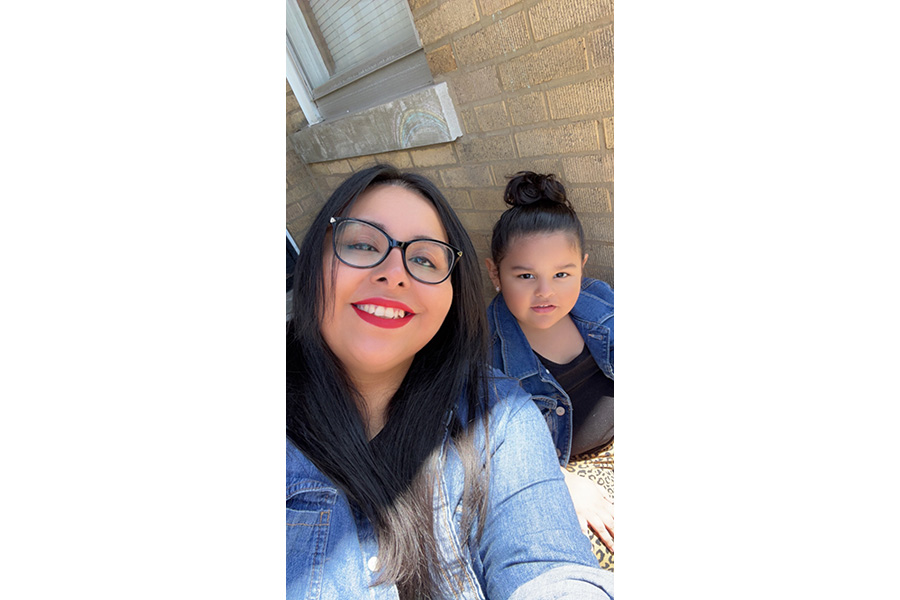When my son Sam turned three, my role as his advocate officially began. Now I had to navigate IEP meetings, therapies and other services. I had to learn to be an advocate for my child. I hope what I’ve learned along the way can help you be the best advocate for your child!

Sam’s Story:
Sam was born at 25 weeks, weighting just 1lb 11oz. He was diagnosed with mild ataxic cerebral palsy and retinopathy of prematurity. He was sent home from the hospital at 5 months and luckily for me, services began immediately for him. This was due to his extreme prematurity and long hospital stay. He received services through Regional Center up until the age of 3, which included Occupational Therapy (OT), Physical Therapy (PT), and Speech Therapy (ST). He also attended an early intervention center 4 days a week.
Here is what really helped me advocate for my child:
- I took an IEP class through the school district. This class was so beneficial. Goals and objectives of an IEP were explained, along with the parent and child rights.
- I utilized outside services. Regional Center was wonderful for Sam. They also provided me with an advocate and respite services. California Children’s Services (CCS) also provided services such as additional Occupational Therapy and Physical Therapy.
- I utilized school services. I didn’t say no to any offered service. This was a difficult decision for me when Sam entered kindergarten but his neurologist advised me to throw all the services I could at him and he would tell me when it was enough. This was a benefit when he was in kindergarten, as his school day was extended rather than simply the morning or afternoon general education option.
- I never signed an IEP at the meeting. This is important and I can’t stress it enough. Take the time to review the document, ask for clarifications, or hold another meeting if necessary. You can also refuse to sign or sign with exceptions.
- I was willing to negotiate and compromise. Emotions don’t work – remaining calm does. A great way for a resistant IEP team to hear you is by finding out what is best for all involved. For example, Sam was receiving his OT services at an offsite facility but the district wanted him at the school. I knew the offsite facility was a better fit for my son, so I countered that it would be easier on staff and teachers since schedules wouldn’t have to be rearranged. Sam could simply go to this facility after school. This won my case.
- I listened to my child. When Sam was in 2nd grade he requested to be placed full time in his general education classroom. So I met with his teacher and when he reached 3rd grade I requested an IEP meeting to put him in a general education classroom with a resource specialist program (RSP) on a trial basis. An RSP provides instruction and support services in a general classroom setting for more than 50% of a child’s school day. It was the best decision we ever made.
- I volunteered. Volunteering is so beneficial and I urge every parent to do this in some way if they can. I came in every Wednesday to sit in Sam’s class during the math hour. I also served on the PTA board, school site council and in my younger son’s class as well. This is a great opportunity to develop solid friendships with the school and also shows them that you are a team player.
- I wasn’t afraid of a diagnosis. A diagnosis can get you the services your child needs. Sam received his diagnoses at the age of 4 and because of that, he received both CCS services and continued Regional Center services.
- I realized I was not alone. I can’t stress this enough. No parent of a special needs child is alone. There are so many services, laws, and support groups that can help. It is a hard road but many have traveled that road and are there to offer comfort and support! Don’t be afraid to reach out and ask for help!















